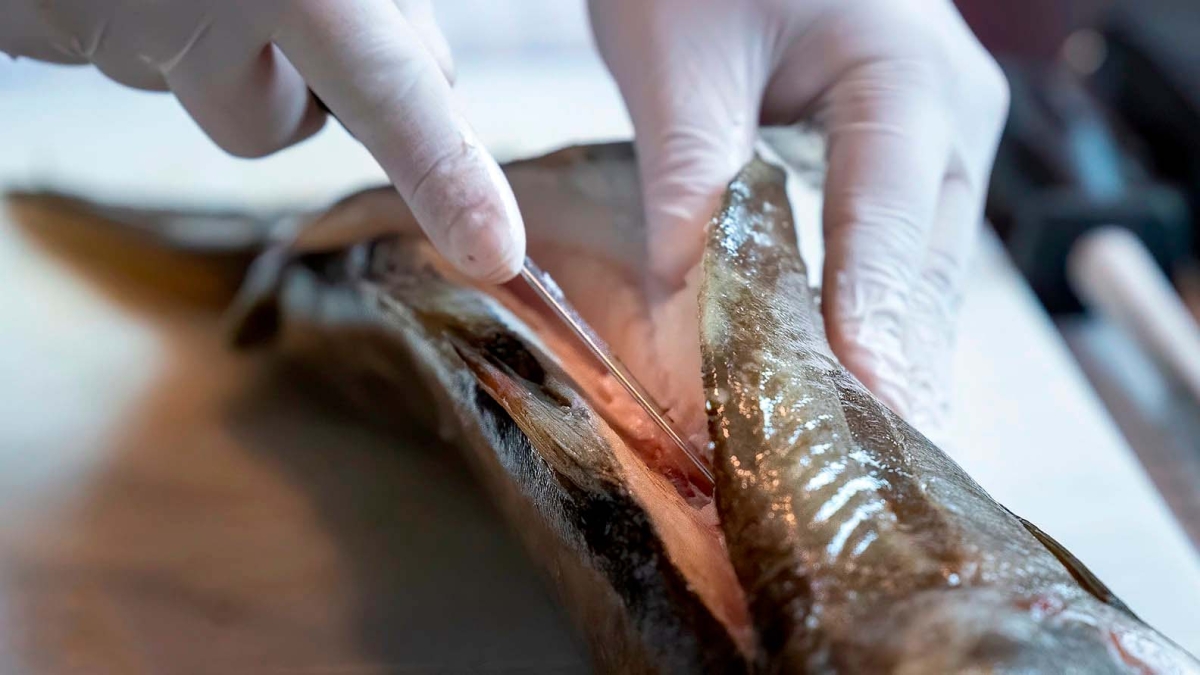Wage expenditures
16. Jan 2023
DKK 11.2 billion paid in wages in 2022 – up 4.9% year-on-year

Wage expenditures increased by 4.9% from 2021 to 2022, compared to a 3.7% increase from 2020 to 2021.
[px-graph-1]
December 2022 saw record-high monthly wage expenditures, with total wages surpassing DKK 1 billion.
More than 60% paid to male employees
Just over 61% of wages were paid to male employees and about 39% to female employees. This is the same ratio as in 2021.
[px-graph-2]
Both sexes were paid 4.9% more year-on-year in 2022.
Biggest increase in fishery and other natural resources
The fishery and other natural resources sector saw the biggest wage growth, representing 19.7% of all wages in 2022, compared to 18.5% in 2021.
Employees in the governmental and other services sector were paid 34.2% of all wages in 2022, compared to 34.4% the previous year. The figure for the private services sector dropped from 31.4% in 2021 to 31.1% in 2022, and the construction and other manufacturing sector went from 15.6% to 15.0%.
[px-graph-3]
The fishery and other natural resources sector had the biggest wage growth, both in nominal terms and relative terms. Wage expenditures in this sector increased by 11.6% compared to 2021. This is equivalent to about DKK 230 million.
Wages increased by 4.2% year-on-year in ‘governmental and other services’, by 3.7% in ‘private services’ and by 1.0% in ‘construction and other manufacturing’.
The industrial branch with the highest relative wage growth was ‘hotels and restaurants’, where wages increased by 25% in 2022. This is followed by the ‘fishing’ branch, up 17%, and ‘aquaculture’, where wages increased by 11%.
[px-graph-4]
About wage expenditures
Wage expenditures are subject to tax at source and are paid by companies based in the Faroe Islands. The statistics only cover wages for work done. Other payments and expenditures such as grants and post-employment benefits are not included.
About the trend
About the main industrial sectors
The ‘construction and other manufacturing’ sector includes: shipyards/machine shops, other manufacturing, construction, and energy and water supply.
The ‘private services’ sector includes: trade and repair, hotels and restaurants, sea transport, other transport, postal services and communications, finance and insurance, business services. household services, organisations, culture, etc.
‘Governmental and other services’ include: public administration and services (central administration, municipalities, education, health and social work), government institutions and the Ministries of Education and Health.